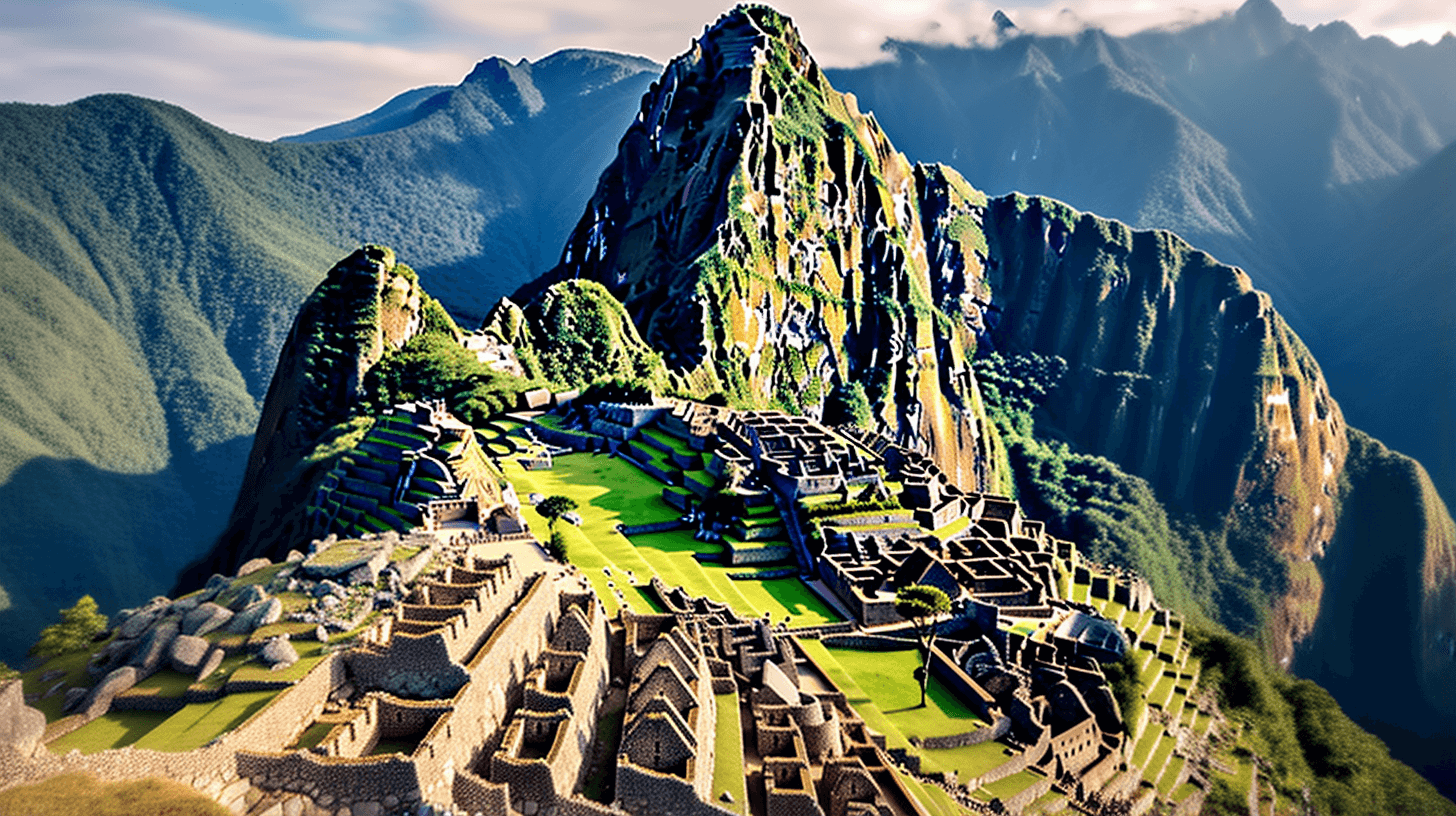BY THE ARCHAEOLOGIST EDITOR GROUP
As incredible as it may be, not all of the mysteries surrounding the Inca citadel of Machu Picchu in Peru have been solved. Experts are still baffled by the site's purpose, construction, and seemingly abrupt abandonment, despite years of research and investigation.
For example, historians disagree as to whether or not it was meant to be a royal estate, while others believe it was a place of worship. Its perch high in the Andes Mountains makes it sound like the perfect place to relax, but the intricate design and elaborate water system suggest that it also played a significant role in the Inca Empire. Without any kind of written record and with only a few decades of occupation, the true nature of Machu Picchu's function remains a mystery.
The complex water system that kept the site alive is another mystery. The Incas built a complex system of fountains and channels to ensure a reliable supply of water despite the city's perilous mountaintop location, though no one knows where the water came from. There is speculation among experts as to whether or not the water was used for irrigation or whether or not it served a religious or spiritual purpose.
The walls of Machu Picchu are built of massive, precisely cut stones, many of which weigh multiple tons, and are held together without the use of mortar or cement, which continues to be a wonder and a testament to the Incas' engineering prowess. It is unknown how these massive stones were moved from the quarry to the construction site and then set into place. Ropes, rollers, and ramps have been proposed as possible tools, but the precise techniques have yet to be determined.
The complex system of terraces that surrounds Machu Picchu also remains a mystery to this day. Some have theorized that the terraces were used to grow crops on scarce arable land, while others have suggested that they were built to make a community independent of outside resources. Extensive investigation has not yet revealed the true function of these terraces.
Finally, the reason behind Machu Picchu's mysterious abandonment is still a mystery that intrigues people everywhere. A few decades of use followed by abandonment have left many to wonder what happened at the site. Others speculate that a natural disaster, like an earthquake or landslide, may have been the final straw that finally drove the Incas from their homeland. Yet, the reason for Machu Picchu's abandonment is still a fascinating mystery.
In conclusion, the many unanswered questions surrounding Machu Picchu continue to fascinate experts, historians, and visitors alike. Machu Picchu's mysteries will never cease to amaze and captivate visitors of all backgrounds and interests, be they archaeologists, historians, or simply those looking for a unique travel experience.







